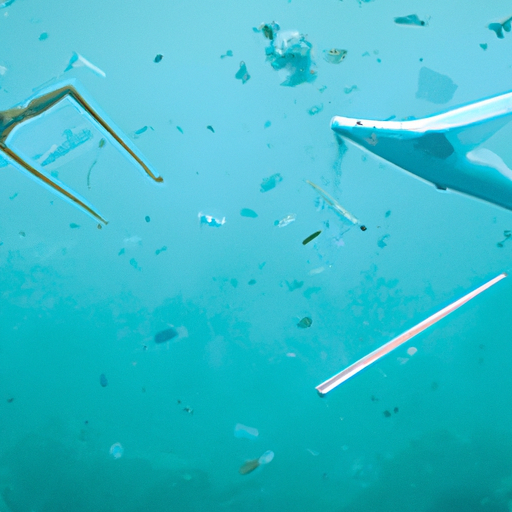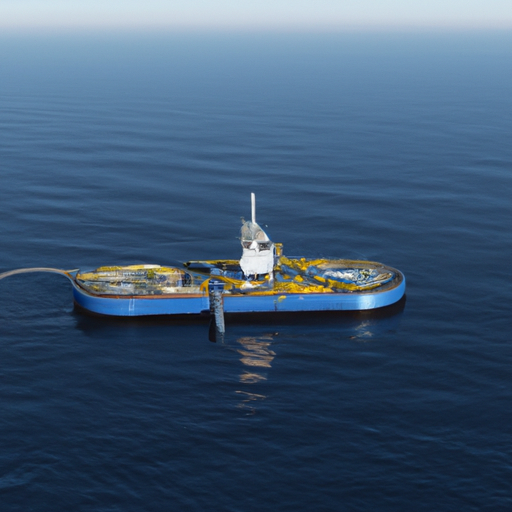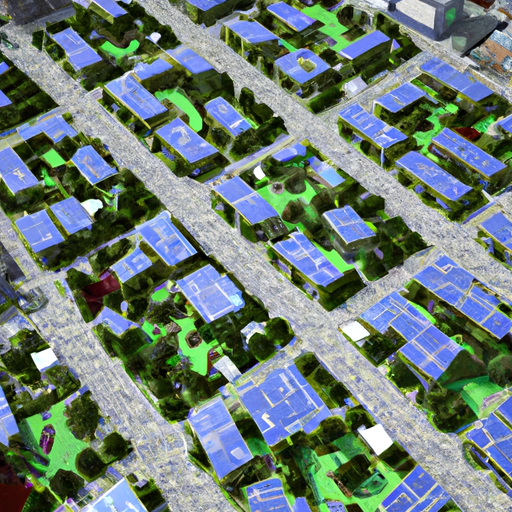Revolutionary technologies are emerging to tackle the global ocean plastic crisis with unprecedented efficiency. New systems combine artificial intelligence with innovative collection methods to remove millions of tons of plastic waste from our oceans. These developments represent a crucial step forward in marine ecosystem restoration.

The crisis of plastic pollution in our oceans has reached critical levels, with estimates suggesting that by 2050, there could be more plastic than fish in our seas by weight. However, a new wave of innovative technologies is emerging to address this global environmental challenge, offering hope for the restoration of marine ecosystems and the preservation of ocean health.
Traditional methods of ocean cleanup have often proved inefficient and costly, but recent technological breakthroughs are revolutionizing how we approach marine plastic removal. These innovations combine cutting-edge artificial intelligence, advanced materials science, and sophisticated engineering to create more effective solutions for ocean cleanup.
One of the most promising developments is the implementation of autonomous cleanup vessels equipped with AI-powered detection systems. These vessels can identify and track plastic debris using advanced sensors and machine learning algorithms, allowing them to optimize their collection routes and maximize efficiency. The systems can differentiate between marine life and plastic waste, ensuring minimal impact on ocean ecosystems.
Innovative collection mechanisms have also transformed the way we gather ocean plastic. New systems utilize passive collection methods that harness natural ocean currents to concentrate plastic waste in specific areas for easier removal. These systems can operate continuously with minimal energy requirements, making them both environmentally friendly and cost-effective.
The development of new filtration technologies has enabled the removal of microplastics, one of the most challenging aspects of ocean pollution. Advanced membrane systems can now filter out particles as small as 10 micrometers while allowing marine life to pass through unharmed. This breakthrough addresses a crucial gap in previous cleanup efforts, which often focused solely on larger plastic items.
Satellite technology and remote sensing have become invaluable tools in the fight against ocean plastic pollution. These systems provide real-time mapping of plastic accumulation zones, allowing cleanup efforts to be directed where they're needed most. Machine learning algorithms analyze satellite data to predict the movement of plastic waste, enabling more strategic deployment of cleanup resources.
The processing of collected plastic waste has also seen significant advancement. New recycling technologies can now handle mixed and degraded ocean plastics, converting them into valuable raw materials for manufacturing. This creates a circular economy approach to ocean cleanup, providing financial incentives for continued cleanup efforts.
Biological solutions are emerging as a complementary approach to mechanical cleanup methods. Scientists have identified and developed strains of bacteria and enzymes capable of breaking down certain types of plastics into harmless compounds. While still in development, these biological solutions show promise for addressing plastic pollution at a molecular level.
Community engagement and citizen science have been enhanced through mobile applications and monitoring platforms. These tools allow people to report plastic pollution hotspots and track cleanup progress, creating a global network of environmental stewards. The data collected through these platforms helps improve cleanup strategies and raises public awareness.
The integration of blockchain technology has improved the transparency and accountability of cleanup efforts. Smart contracts ensure that funding is properly allocated, and cleanup milestones are verified. This has helped attract more investment in ocean cleanup initiatives and build trust among stakeholders.
Drone technology has become an essential tool in ocean cleanup operations. Aerial drones survey large areas of ocean surface, while underwater drones collect detailed data about subsurface plastic distribution. This multi-level approach provides a comprehensive understanding of pollution patterns and cleanup effectiveness.
As these technologies continue to evolve, their impact is becoming increasingly significant. Early implementations have shown promising results, with some systems demonstrating the ability to remove thousands of tons of plastic annually. The scalability of these solutions offers hope for addressing the global scope of ocean plastic pollution.
However, challenges remain in the widespread implementation of these technologies. Cost considerations, maintenance requirements, and the need for international cooperation all present ongoing challenges. Additionally, the continuous influx of new plastic into our oceans means that cleanup efforts must be coupled with pollution prevention strategies.
Despite these challenges, the rapid advancement of ocean cleanup technologies represents a crucial step forward in environmental protection. As these systems become more efficient and widespread, they offer real hope for reversing the tide of plastic pollution in our oceans and preserving marine ecosystems for future generations.



